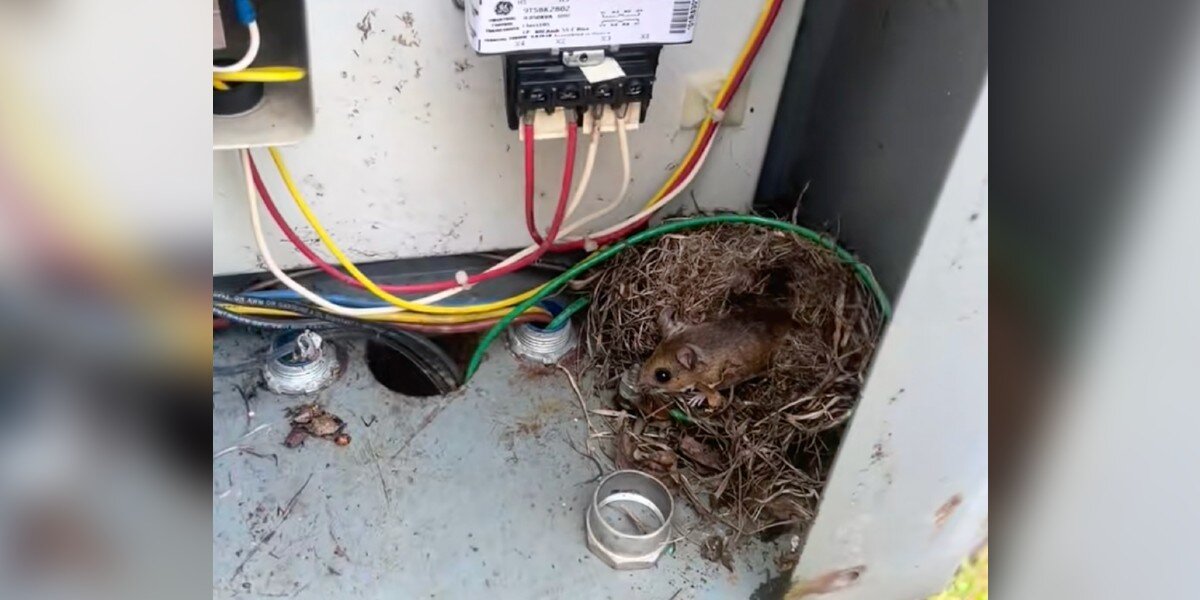This Unbelievable Spider Lived 43 Years—And Her Death Reveals Nature's Cruel Reality!

Imagine living for over four decades, only to fall victim not to old age, but to a parasitic wasp. Meet Number 16, a Gauis villosus spider, who etched her name in history by becoming the longest-living spider ever documented. Her journey offers profound insights into the intricate web of life in the wilds of Western Australia.
Number 16's remarkable life began in 1974, when Barbara York Main initiated a long-term study at North Bungulla Reserve near Tammin. This research aimed to dive deep into the behaviors and population dynamics of trapdoor spiders, but little did anyone know that one little spider would defy the odds and live to be 43 years old. While many of her peers had short-lived lives, Number 16 emerged as a record-breaker, capturing the attention of researchers and nature lovers alike.
“To our knowledge, this is the oldest spider ever recorded,” said Leanda Mason, a biologist at the University’s School of Molecular and Life Sciences. “Her significant life has allowed us to further investigate the trapdoor spider’s behavior and population dynamics.”
So, what’s the secret behind her incredible longevity? Number 16 thrived due to specific life traits: residing in undisturbed, native bushland, leading a sedentary lifestyle, and maintaining a remarkably low metabolism. These factors allowed her to survive the harsh conditions of her environment where many others would have perished. According to Mason, “Their life-history traits, including how they live in uncleared, native bushland, their sedentary nature, and low metabolisms, contribute to their extensive lifespans.”
Unlike more adventurous spiders, Gauis villosus spiders are known for their homebody tendencies, living their entire lives in the same burrow. This lifestyle minimized energy expenditure and allowed Number 16 to avoid many dangers more active spiders face, relying instead on her natural camouflage and patience. She became a master of survival, waiting for unsuspecting prey to wander too close.
But, in a cruel twist of fate, Number 16’s life came to a premature end not from the weight of her years but by the sting of a parasitic wasp. On October 31, 2016, researchers found the lid of her burrow pierced by a wasp, which lays its eggs inside its host. The larvae feed on the spider from the inside out, ultimately leading to a tragic demise. Just six months earlier, she had been spotted alive, making her sudden death all the more poignant.
The findings serve as a stark reminder of nature’s harsh realities; even the oldest and seemingly invincible creatures can fall victim to predation and parasitism. “Having been seen alive in the burrow six months earlier, we therefore report the death of an ancient G. villosus mygalomorph spider matriarch at the age of 43,” the researchers noted.
Yet, Number 16’s legacy transcends her tragic end. Her life embodies lessons of sustainability that humans could learn from. Living a low-impact life in a single burrow for 43 years illustrates how species can thrive with minimal resource consumption. This philosophy echoes the central tenets of many conservation efforts, encouraging humans to adopt practices that promote sustainability.
Researchers believe that the lifestyle of low-range endemic species like Number 16 offers crucial insights for humanity. “As we begin to rebuild with more sustainable technologies and improve the management of known threatening processes, we can be inspired by an ancient mygalomorph spider and the rich biodiversity she embodied,” Mason remarked. Number 16’s extraordinary life encourages society to embrace more sustainable practices, showcasing the importance of reducing waste and conserving resources for future generations.


























